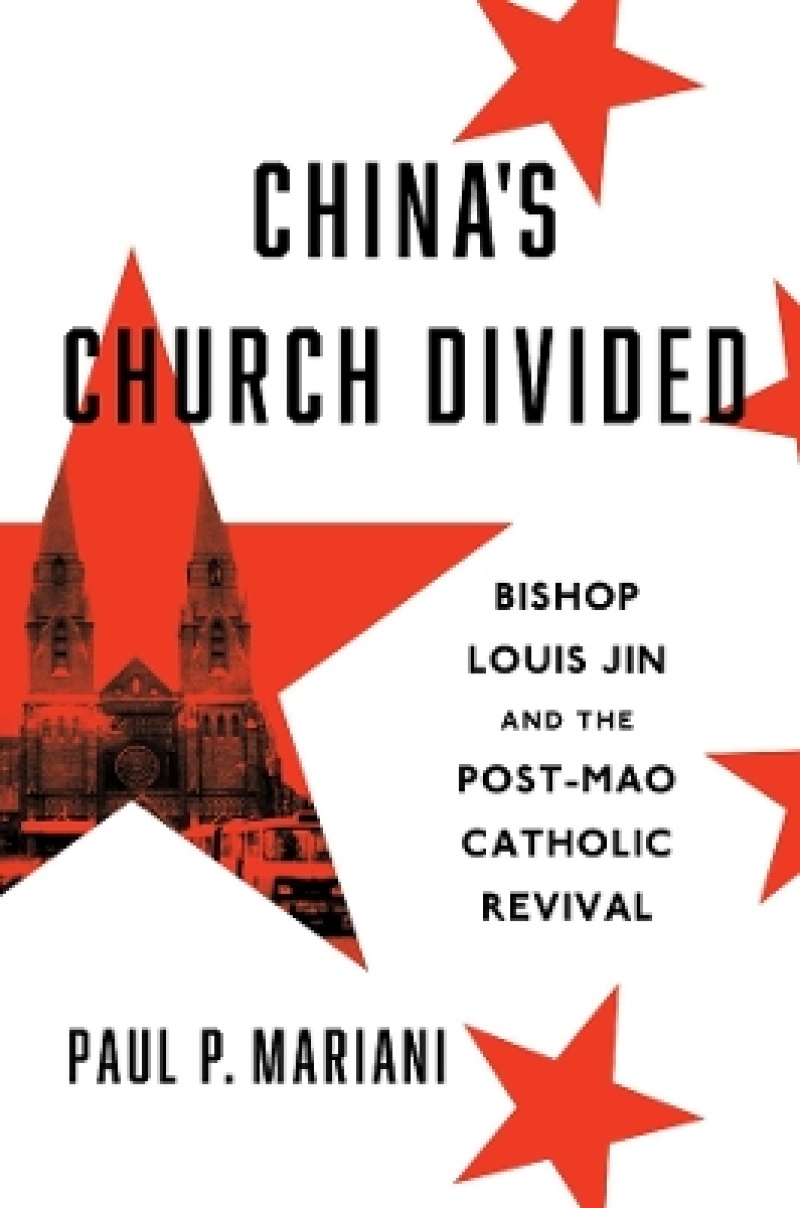A page-turning story of oppression and resistance, wisdom and mistakes, hope and tragedy. Drawing on his unique access to Jesuit archives, Paul Mariani sheds new light on the conflict between ecclesiastical and Communist politics in a tumultuous world moving out of the Cold War.
- Richard Madsen, author of <i>China’s Catholics: Tragedy and Hope in an Emerging Civil Society</i>,
A wonderfully engaging book and an important contribution to scholarship. I shall certainly be recommending it to fellow academics, interested Catholics, and anyone else who wishes to learn more about Christianity in China.
- Henrietta Harrison, author of <i>The Perils of Interpreting: The Extraordinary Lives of Two Translators between Qing China and the British Empire</i>,
At a time when geopolitical tensions have again strained Sino-Western religious exchanges, <i>China’s Church Divided</i> offers a thoughtful and compelling history of Catholic leadership in 1980s Shanghai. Mariani's account attests to the resilience and adaptability of faith in China after Mao, illuminating how Bishop Jin Luxian navigated a political landscape fractured by split allegiances to the state and the Vatican.
- Joseph Tse-Hei Lee, author of <i>The Bible and the Gun: Christianity in South China, 1860–1900</i>,
An illuminating portrait of how Shanghai’s Catholic community surged back to life after the Cultural Revolution—and of a Church divided between allegiance to the Vatican and loyalty to the Communist party-state.
During the Cultural Revolution, the Chinese state sought to eradicate religious life throughout the country. But by 1978, two years after the death of Mao Zedong, the Communist Party under Deng Xiaoping cautiously embraced the revival of religion. At the same time, in Rome, the newly elected Pope John Paul II made a point of renewing outreach to China. Paul P. Mariani tracks the fate of Chinese Catholicism in the wake of these transformative leadership changes, focusing on the influential Catholic community in Shanghai.
Even as Chinese Catholicism came back to life in the 1980s, the way forward was hardly an easy one. Earlier policies of the 1950s had fractured the Catholic community into a state-approved “patriotic” church that answered to the government and an underground church loyal to Rome. Even after the Cultural Revolution, Mariani shows, this divide remained firmly intact. The resulting tensions were on vivid display in Shanghai, owing to the leadership of the Jesuit priest Louis Jin Luxian. Formerly a member of the underground church, Jin realigned with the state church during the revival and was consecrated bishop of Shanghai without papal approval in 1985. Bishop Jin used his position to revitalize the local Catholic community, but his cooperation with the party put him ever at odds with underground church leaders.
Sensitive to the ideals, compromises, and disappointments of Catholics on both sides of the rift, China’s Church Divided reveals how the community navigated the irreconcilable differences between a worldwide Church centered in Rome and a regime wary of foreign spiritual authority.

